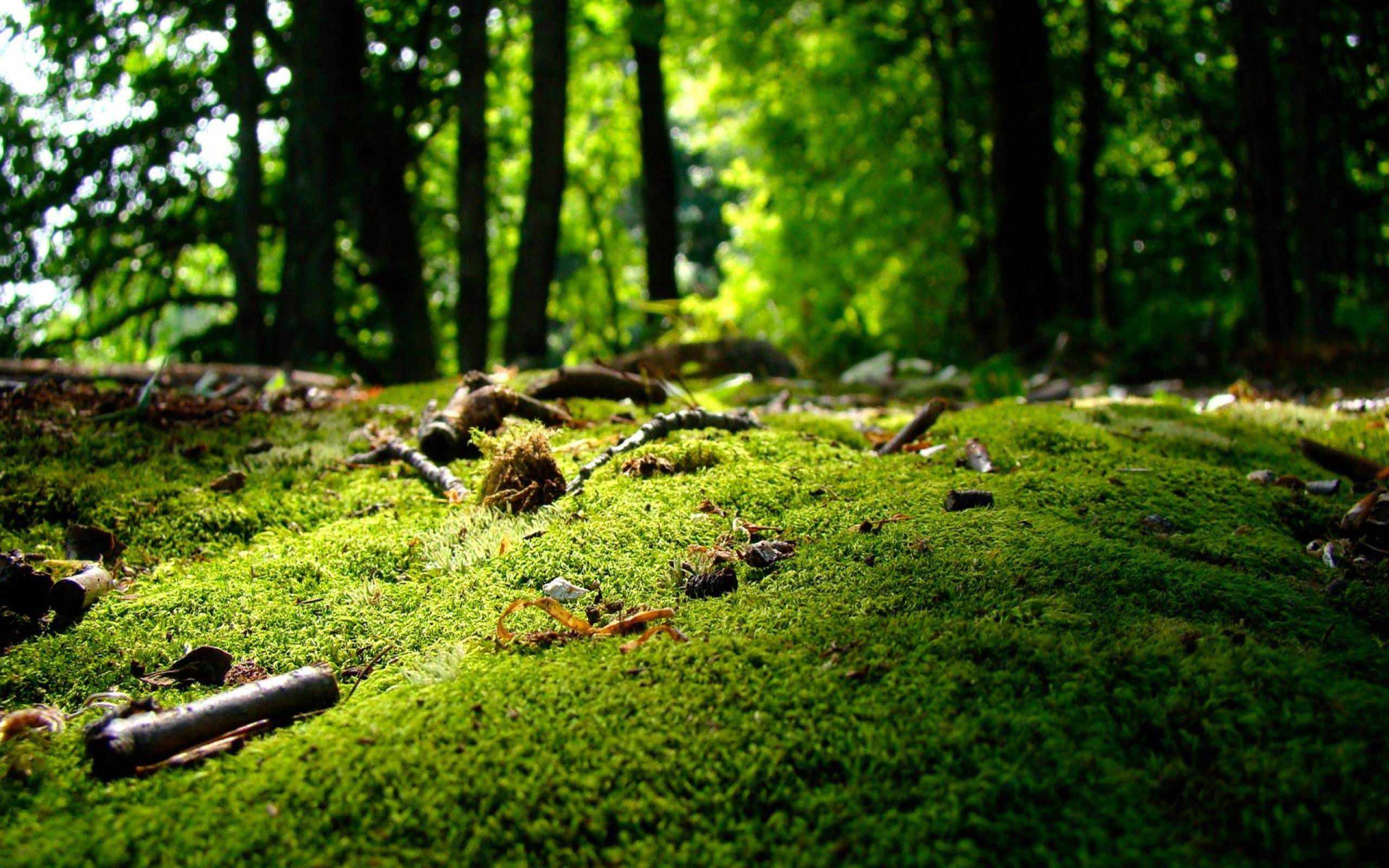Author:
Sokolova Elena
Short summary:
Encounter invasive black squirrels, and discover spider-inhabited sycamore maple, rare wych elm, and the largest black poplar in St. Pölten reflected in the Traisen River.

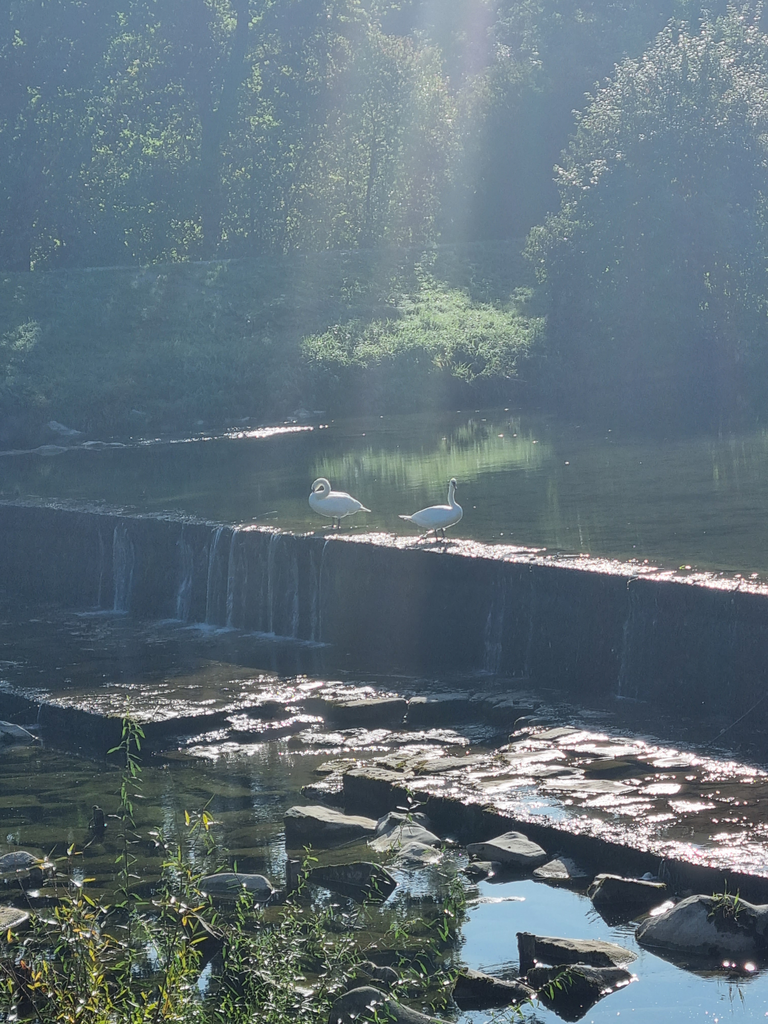
The Stattersdorf route starts at the colorful lion statue at the bridges over the Traisen, which takes in the Stattersdorf town.
From there, we reach Schlösslpark and the first tree we stop at is a large and beautiful ash tree (Fraxinus excelsior). It has a beautiful large, tall, and straight trunk that separates into 2 main branches. The condition of the tree is good, but its branches were cut, maybe due to a disease or for safety reasons.
Then we try to observe a large Black locust specimen (Robinia pseudoacacia) that we mapped in 2021, but we can’t find it. It was cut down during last winter. In its place, a young plane tree (Platanus × acerifolia) was planted.
Schlösslpark is one of the only places to see European Larch (Larix decidua) in St. Pölten.
A huge horse chestnut (Aesculus hippocastanum) grows nearby. It is a wonderful tree that can be observed right in the center of the park. It was declared a Nature Monument in 2005. It is autumn and chestnuts and leaves are falling in the streets with a loud thud.
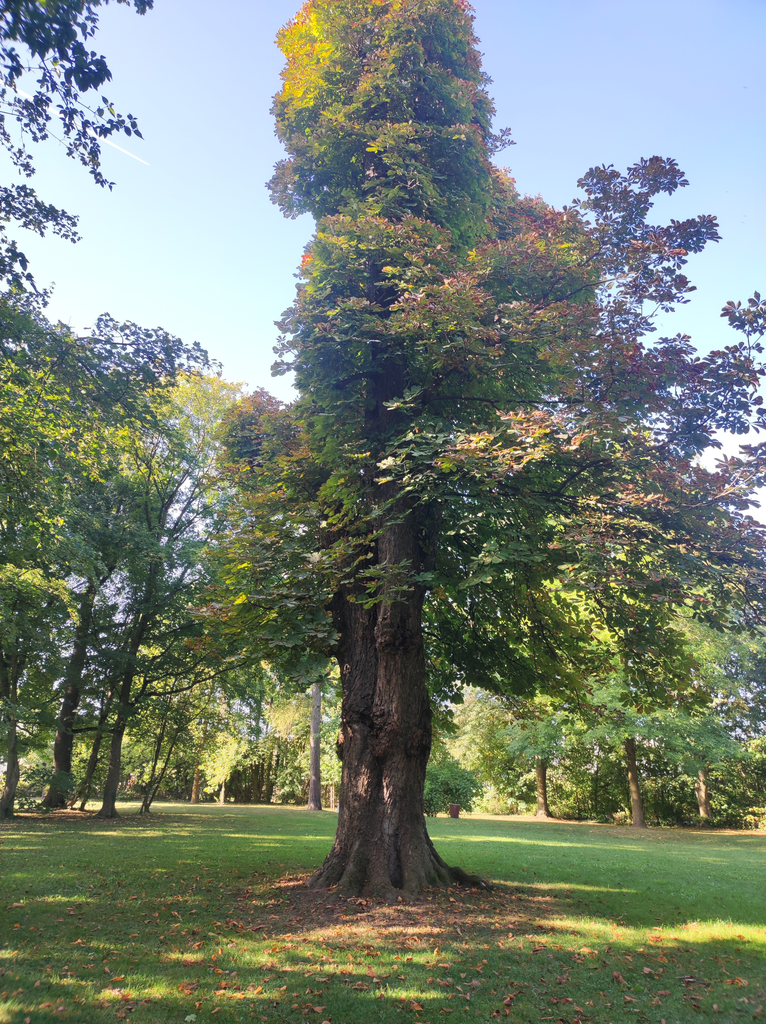

The next tree we stop by is a large-leaved lime (Tilia platyphyllos). This species, despite its name, doesn't always have large leaves. But we are really amazed by the size of the leaves of this specific tree - some of them are bigger than my palm! We think it might be a hybrid species or something new that we have never observed before!
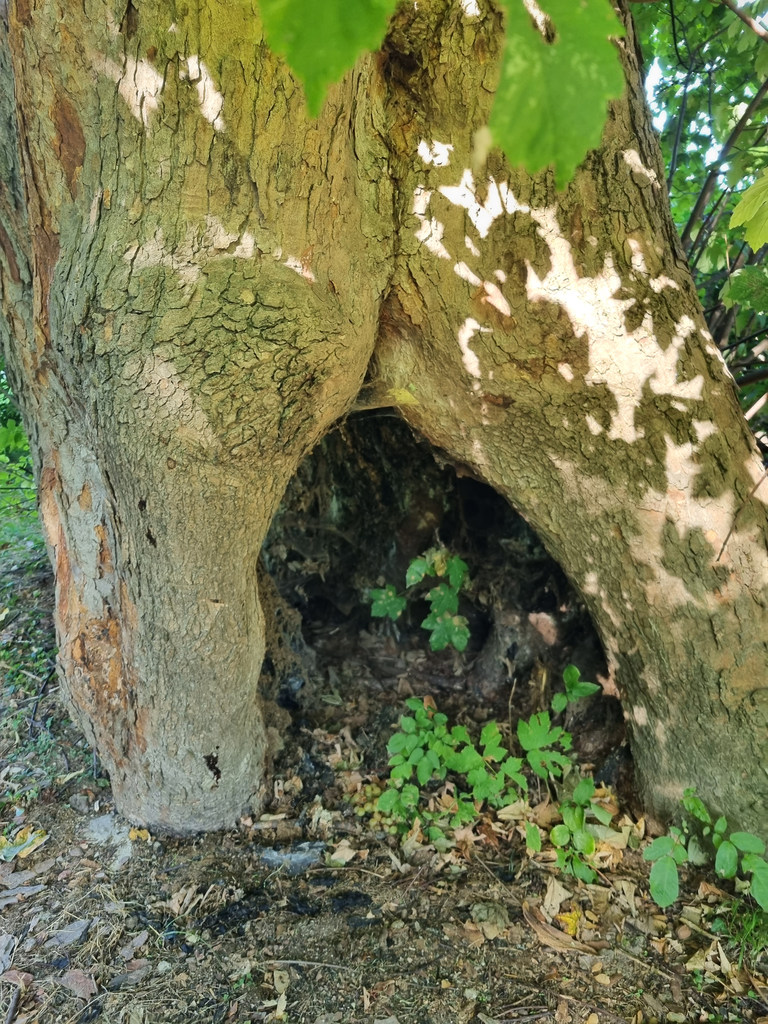
The last tree we see in this park is a large sycamore maple (Acer pseudoplatanus). At first, we think the tree looks quite healthy, but as we walk around, we notice a huge hole inside. Spiders live in the hole and weave their web.
Then we reach the fire station. Next to it, there are beautiful old houses with very steep roof slopes.
Here we find a species new to us, and rare in St. Pölten – wych elm (Ulmus glabra).
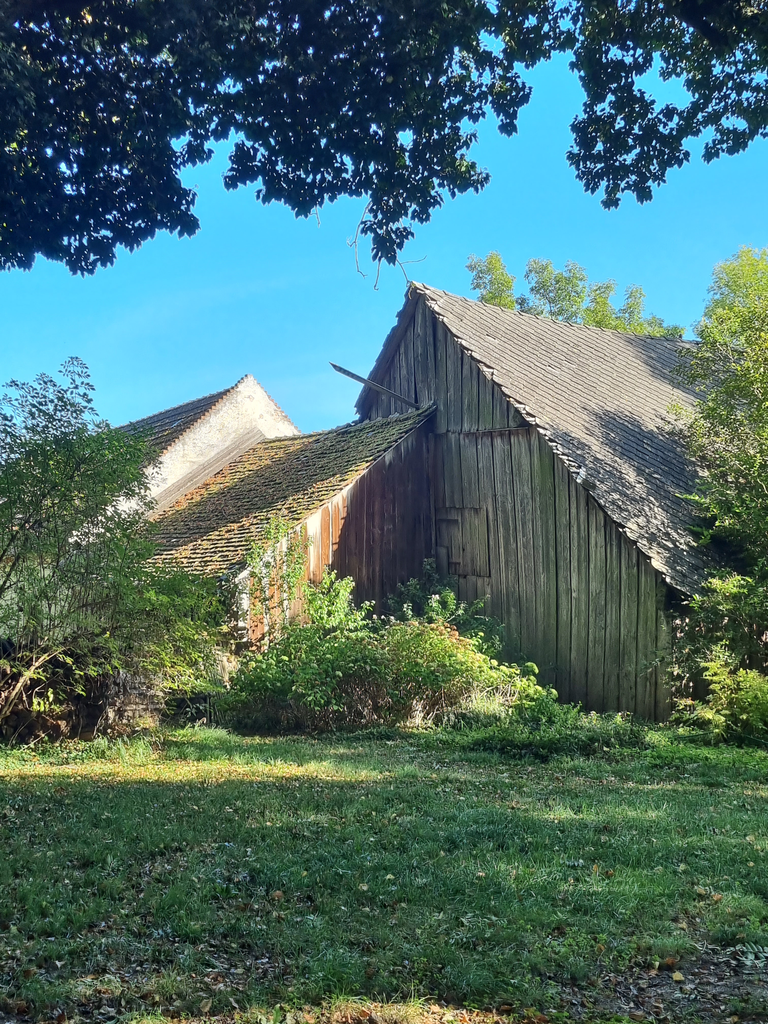
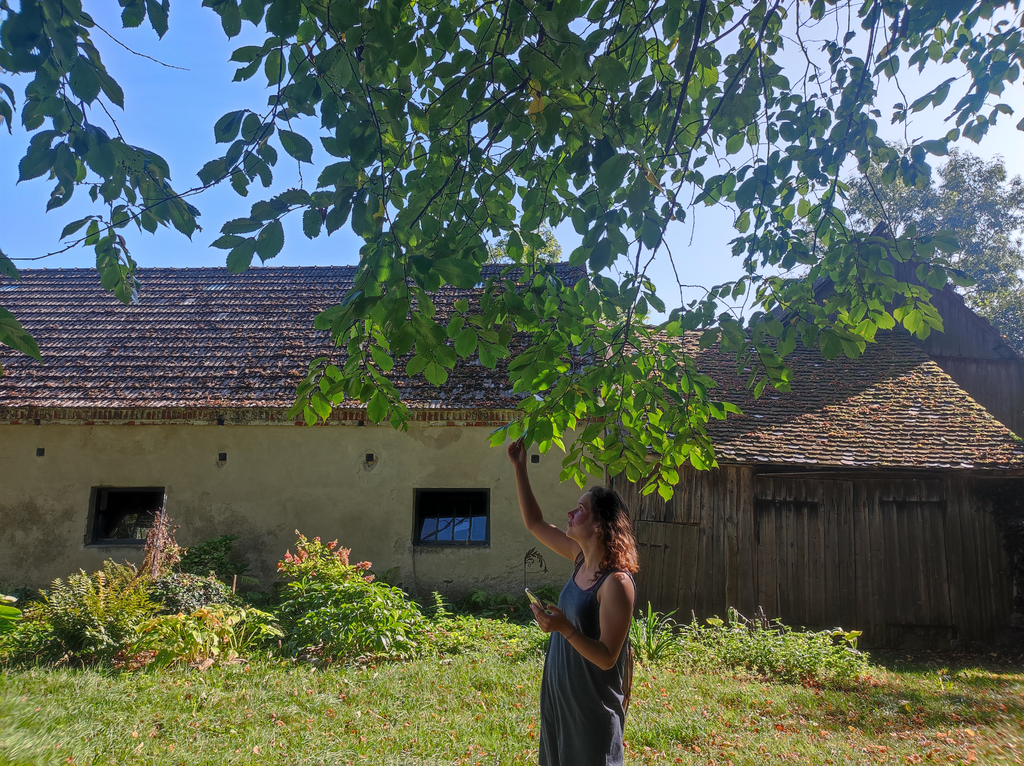
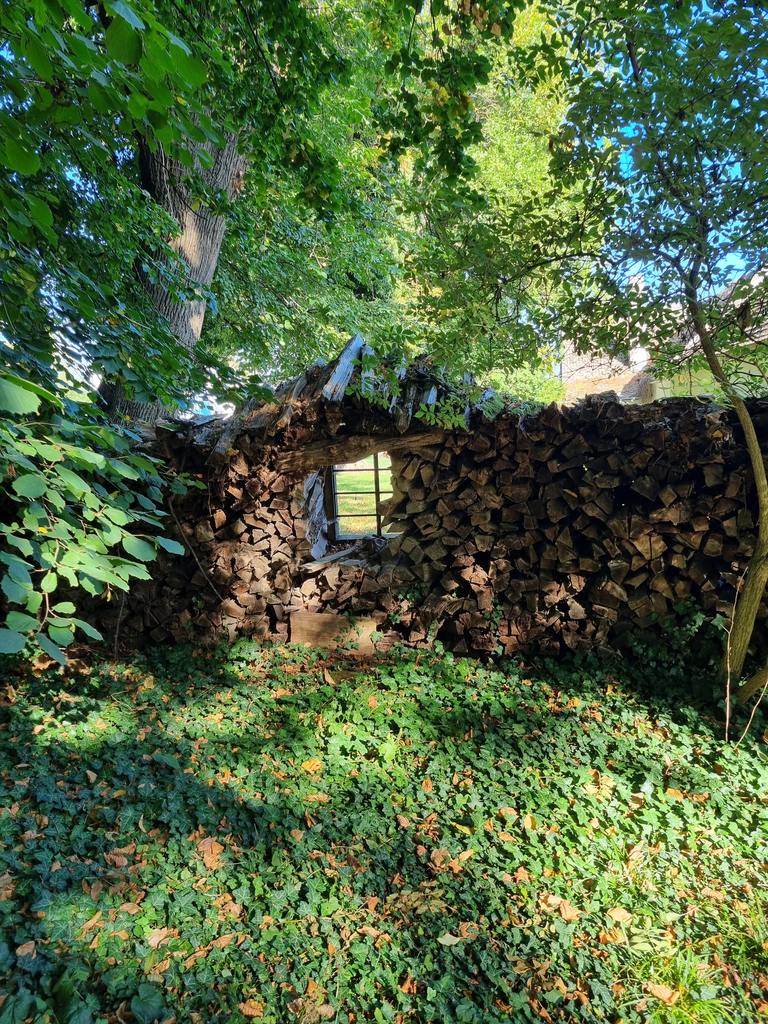
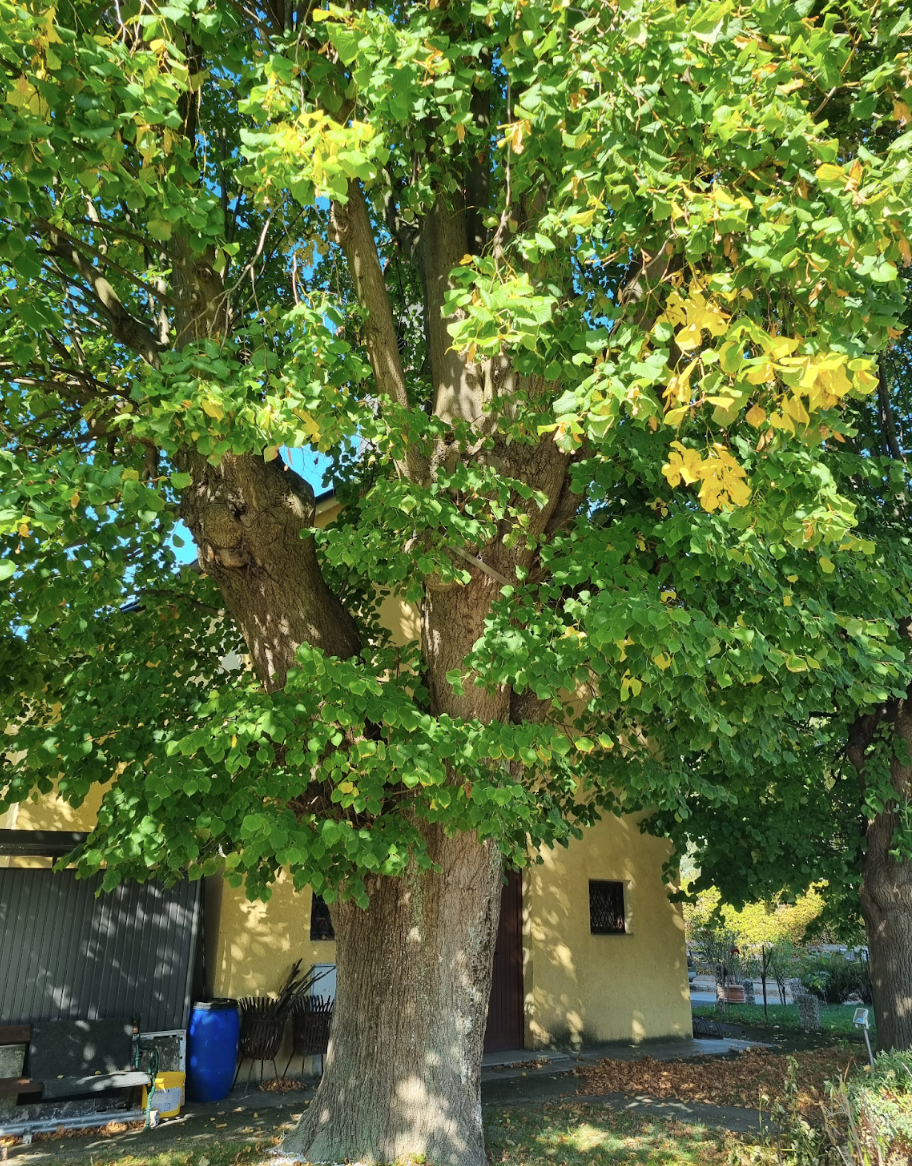
The next specimen we found are 2 lime trees (Tilia × europaea) growing in front of the Serbian Orthodox parish church of Stattersdorf. They were declared a Nature Monument in 1991. The branches of the trees are tied with slings for safety. Huge trees growing next to a small church, this contrast impresses us.
Since those limes have roundish crowns of similar size, we like to name them as “broccoli”.

Passing the church, we drive through fields and stop at an apple tree for a snack.
The next natural monument we encounter (Tilia platyphyllos), grows at the top of an old cellar, traditionally used to store wine. It was declared a Natural Monument in 1991.
Soon we come across another lime tree (Tilia platyphyllos). In an attempt to check the tree's appearance - there should be white hairs on the leaves - I am attacked by a spider and lose the desire to look at its leaves.
Then we take a long look at the old train cars that used to go to Salzburg and Innsbruck.

During the walk, we stopped three times to pet very friendly cats. We don't usually see cats on the streets in St. Pölten, so we call it a “Cat Walk” joking between us.
We reach the Naturfreunde restaurant, next to which a small-leaved lime (Tilia cordata) grows. Next to the tree are canoes, which can be rented here. A black squirrel jumps along the branches of the tree. I am used to red squirrels, so black squirrels surprise me. Gloria tells me that this is an eastern gray squirrel and they are invasive species that have displaced the familiar red squirrels. The displacement happened because the gray squirrel is tolerant to the Squirrelpox virus, which instead kills the common squirrels.

The last tree we observe is located on the other side of Traisen and it is the largest black poplar (Populus nigra) in St. Pölten, with a girth of 11m! We admire the tree and its reflection in the river, then we start our journey back home.




